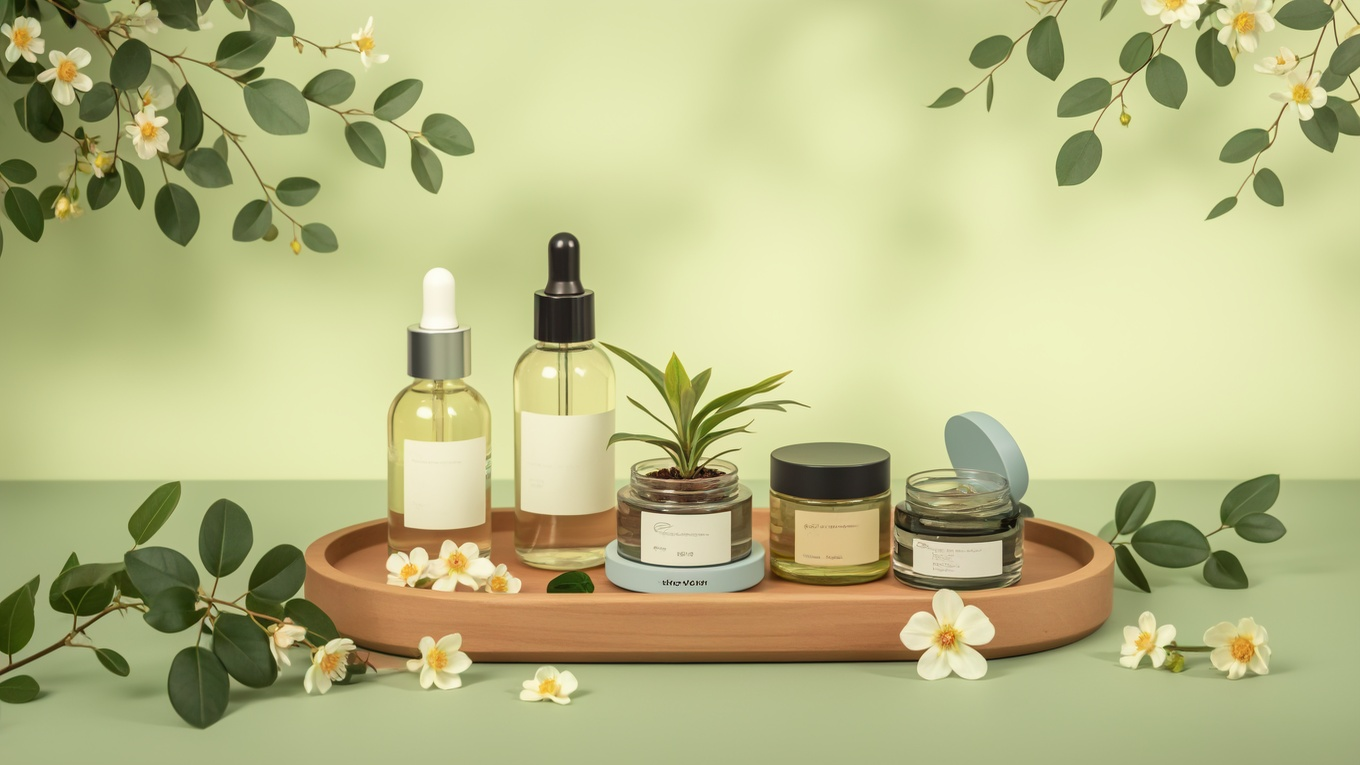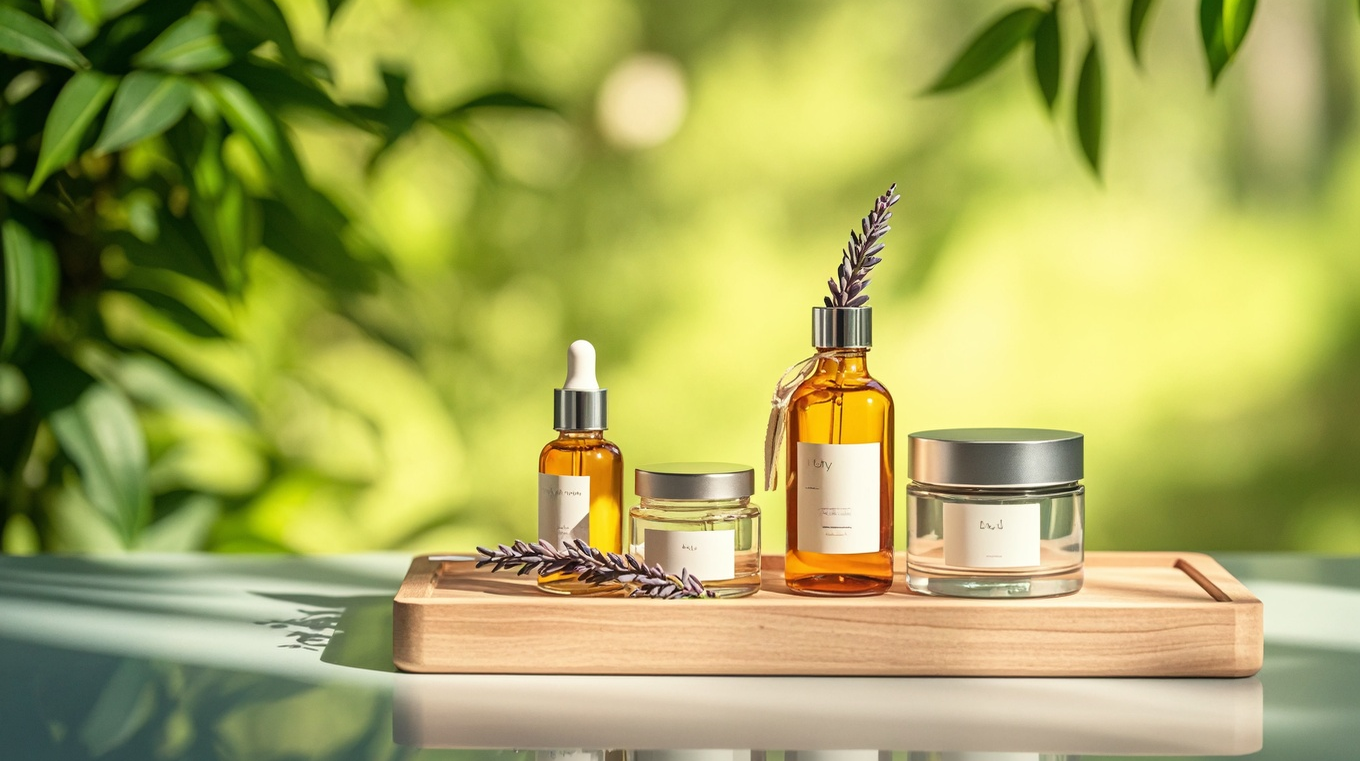In the dynamic and ever-evolving world of beauty, finding the right distributors is crucial for any cosmetics brand aiming for sustainable business growth. Whether you're a budding entrepreneur or an established brand, understanding the ins and outs of distribution channels can significantly impact your success. This article will guide you through the process of finding distributors, understanding market research, and building strong supplier relationships to enhance your sales strategy.
Understanding the Importance of Distributors in the Beauty Industry
Distributors play a vital role in bridging the gap between manufacturers and retailers, ensuring that beauty products reach the right markets efficiently. They handle logistics, warehousing, and sometimes even marketing, allowing brands to focus on product development and branding. For a cosmetics brand, finding the right distributor can mean the difference between stagnation and exponential growth.
Types of Beauty Product Distributors
- Master Distributors: These distributors often have sub-distributors and require significant investment and expertise. They are ideal for established businesses with strong logistics and sales teams.
- Wholesale Distributors: Categorized by size (national, regional, local), they may offer additional services like warehousing and product training. It's crucial to consider their location and product range.
- Specialty Distributors: Catering to specific demographics (e.g., natural, vegan), they have strong relationships with niche brands. Aligning with their expertise can benefit your target audience.
- Direct Seller Distributors: These require building a loyal customer base and often involve compensation structures like commissions or bonuses.
- Online Distributors: Offering drop shipping options, they require strong digital marketing and customer service capabilities.
Conducting Market Research: The First Step to Finding Distributors
Before diving into finding distributors, conducting thorough market research is essential. This involves understanding the current trends, identifying potential markets, and recognizing consumer needs. By analyzing competitors' pricing strategies, product offerings, and market positioning, you can tailor your sales strategy to meet market demands.
Identifying Your Niche and Target Audience
Once market research is complete, identifying your niche is the next step. Decide what type of cosmetic products you want to sell and who your target audience will be. Focusing on a specific niche, such as luxury cosmetics for a particular age group, can help you establish a strong presence in the market quickly.
Building Strong Supplier Relationships
Building and maintaining strong relationships with your suppliers is crucial for long-term success. Here are some strategies to consider:
- Research and Choose the Right Wholesaler: Conduct extensive research to find wholesalers that specialize in cosmetics and have a good reputation for reliability and quality.
- Open Communication Lines: Establish transparent and open channels of communication with your wholesaler. Clear communication is the foundation of any successful partnership.
- Build Trust: Respect terms and conditions to build trust with your suppliers. Demonstrating reliability will earn their respect and trust.
- Visit Their Facility: If possible, visit the wholesaler's location to gain insights into their operations and quality control processes.
- Negotiate Favorable Terms: Discuss costs, minimum order sizes, delivery windows, and payment methods to find mutually beneficial compromises.
Developing a Robust Sales Strategy
A well-thought-out sales strategy is essential for reaching your target audience and achieving business growth. Here are key elements to consider:
Online Presence and Digital Marketing
In today's digital age, having a strong online presence is crucial. Create a user-friendly website with detailed product descriptions and high-quality images. Utilize social media platforms to promote your brand and engage with your audience. Consider partnering with influencers to expand your reach.
Inventory Management
Effective inventory management is vital for preventing overstock and ensuring timely delivery to customers. Utilize software to track stock levels, manage orders, and forecast demand. Choose reliable shipping companies to ensure products reach end-users on time.
Marketing Strategies
Implementing effective marketing strategies is like watering a plant for growth. Consider digital advertising, email marketing, and social media campaigns to increase brand visibility. Participate in marketing campaigns and cosmetic dealership sites to stay updated on industry trends.
Measuring Success: Analyzing Performance
Regularly analyzing your business performance is crucial for ensuring your strategies are aligned with your goals. Track key performance indicators (KPIs) such as sales volume, customer retention rates, and website traffic. Gather feedback from customers to identify areas for improvement.
Building a Path to Success
In the competitive world of cosmetics, finding the right distributors and developing a strong sales strategy are key to achieving business growth. By conducting thorough market research, building strong supplier relationships, and implementing effective marketing strategies, your cosmetics brand can thrive in the beauty industry. Remember, consistency and continuous improvement are essential for long-term success.
Ready to take your cosmetics brand to the next level? Start by conducting market research and reaching out to potential distributors. Build strong relationships with your suppliers and develop a robust sales strategy to achieve sustainable business growth. Your journey to success in the beauty industry begins now!



